
Spatial & temporal tracking of the Nicotiana root symbiosis with arbuscular mycorrhiza fungi using MycoRed.
Videos, images & optimised Rhizotrons by Nicolas Garcia Hernandez @slcuplants.bsky.social
Science behind it: journals.plos.org/plosbiology/...
Spatial & temporal tracking of the Nicotiana root symbiosis with arbuscular mycorrhiza fungi using MycoRed.
Videos, images & optimised Rhizotrons by Nicolas Garcia Hernandez @slcuplants.bsky.social
Science behind it: journals.plos.org/plosbiology/...

It seems its capacity for enzyme production is thanks to its unique ability to proportionally increase cell volume and nuclear number.
buff.ly/bPSNRL6
It seems its capacity for enzyme production is thanks to its unique ability to proportionally increase cell volume and nuclear number.
buff.ly/bPSNRL6
Version of Record, koji-kin 麹菌 @eLife
The increase in cell volume and nuclear number of the koji-fungus Aspergillus oryzae contributes to its high enzyme productivity.
elifesciences.org/articles/107...
Version of Record, koji-kin 麹菌 @eLife
The increase in cell volume and nuclear number of the koji-fungus Aspergillus oryzae contributes to its high enzyme productivity.
elifesciences.org/articles/107...
#EnvironMicrobiol from Cristina Silva Pereira
enviromicro-journals.onlinelibrary.wiley.com/doi/full/10....

#EnvironMicrobiol from Cristina Silva Pereira
enviromicro-journals.onlinelibrary.wiley.com/doi/full/10....
@natanellae.bsky.social @tatsuyanobori.bsky.social @joeecker.bsky.social
www.nature.com/articles/s41...
@natanellae.bsky.social @tatsuyanobori.bsky.social @joeecker.bsky.social
www.nature.com/articles/s41...
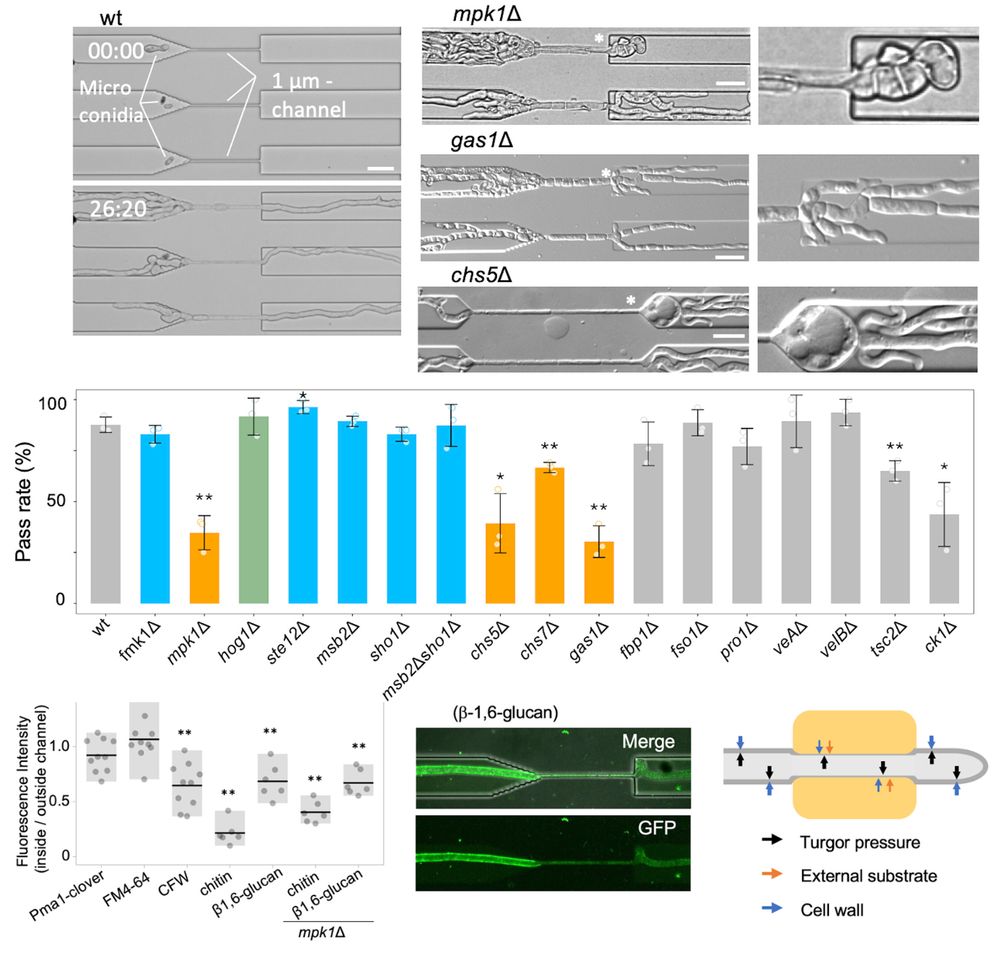
doi.org/10.7554/eLif...
doi.org/10.7554/eLif...
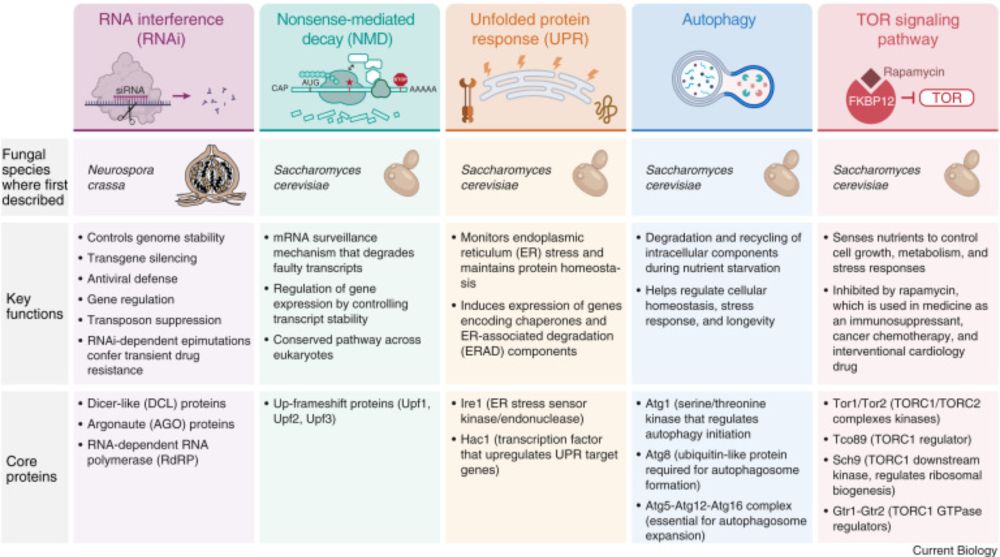
Open access link: www.cell.com/current-biol...
1/4
Open access link: www.cell.com/current-biol...
1/4
Normally each nucleus has a complete set of all chromosomes.
Distribution of haploid chromosomes into separate nuclei in two pathogenic fungi | Science www.science.org/doi/10.1126/...
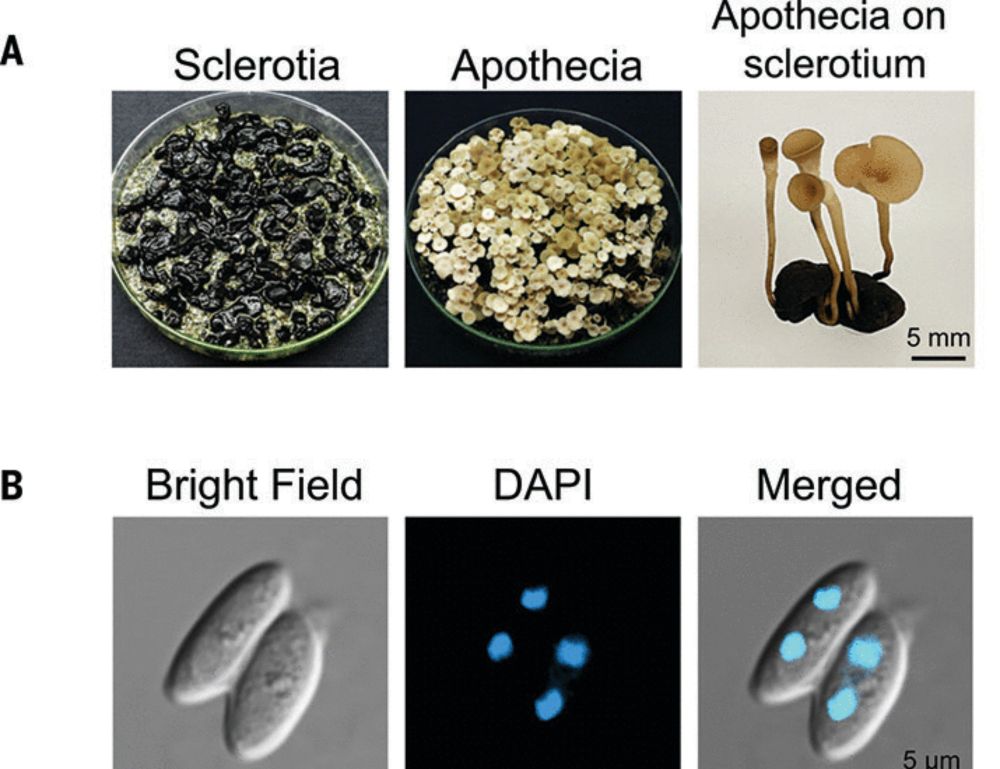
Normally each nucleus has a complete set of all chromosomes.
Distribution of haploid chromosomes into separate nuclei in two pathogenic fungi | Science www.science.org/doi/10.1126/...
www.nature.com/articles/s41...
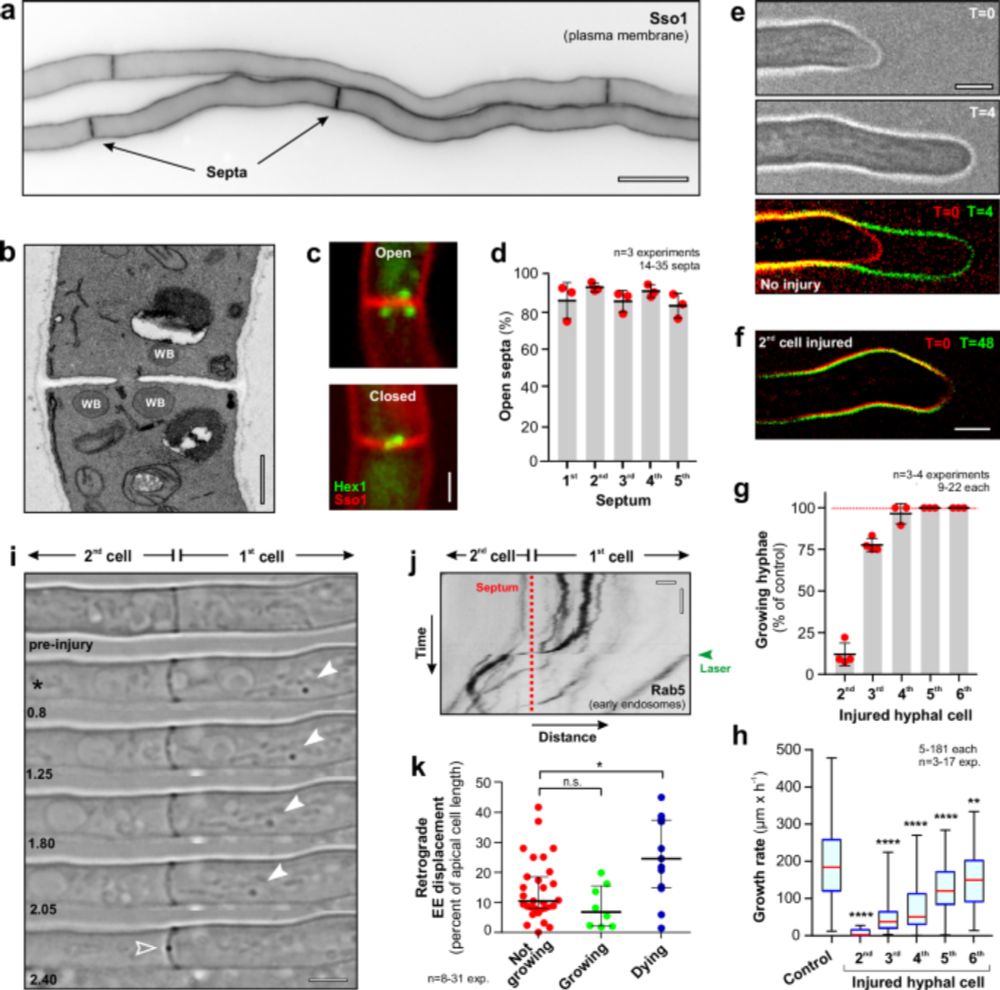
www.nature.com/articles/s41...
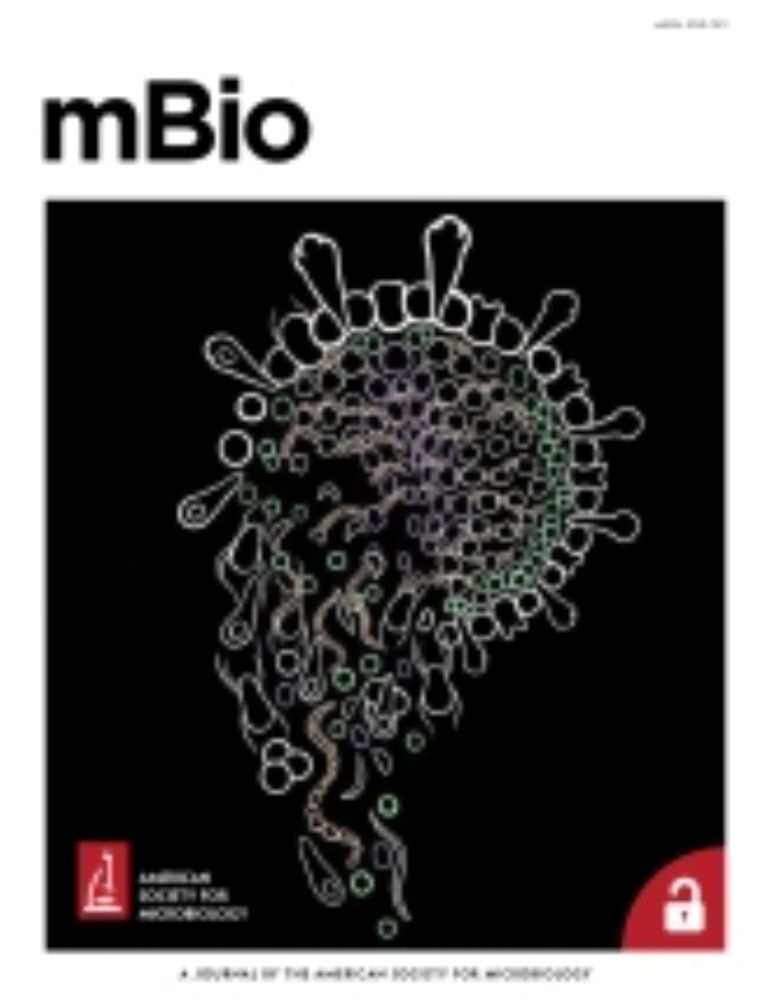
Article link:
doi.org/10.1016/j.fg....

Article link:
doi.org/10.1016/j.fg....
Want to learn cutting-edge studies in plant-microbe interaction? Join our webinar "Advances in Plant-Microbe Interactions: Insights from Asia to the World" with
@elifecommunity.bsky.social !
📅 May 19, 2025 | 🕝 JST 14:30–17:20 (UTC+9)
📌Register: u-tokyo-ac-jp.zoom.us/webinar/regi...
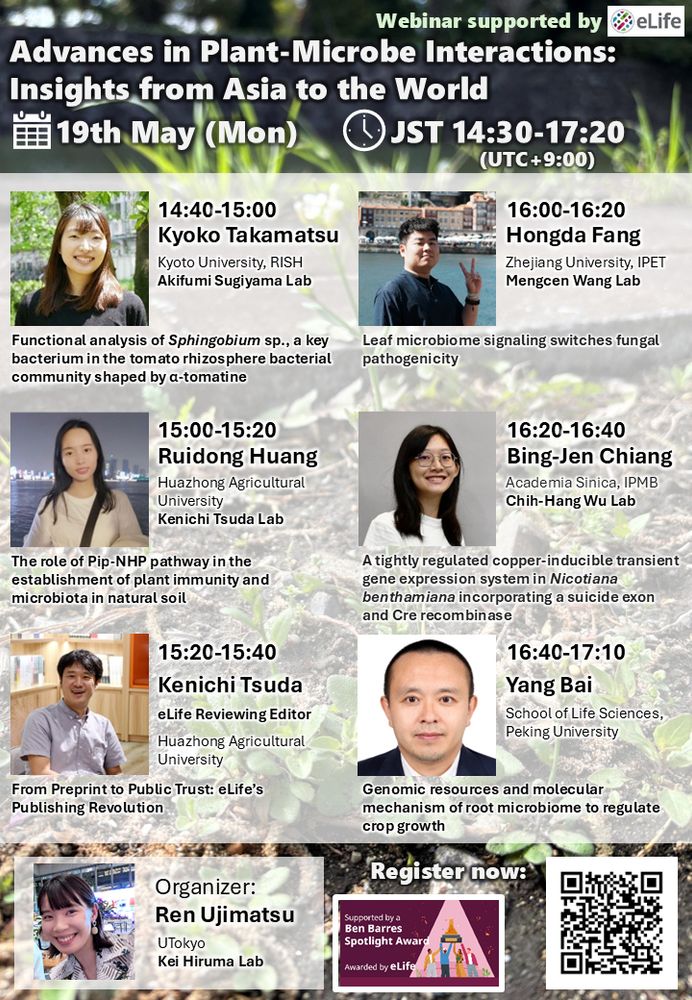
Want to learn cutting-edge studies in plant-microbe interaction? Join our webinar "Advances in Plant-Microbe Interactions: Insights from Asia to the World" with
@elifecommunity.bsky.social !
📅 May 19, 2025 | 🕝 JST 14:30–17:20 (UTC+9)
📌Register: u-tokyo-ac-jp.zoom.us/webinar/regi...
We found that the expression level of one single transcription factor converts beneficial root endophyte into pathogenic guy😈 (1/8) www.cell.com/current-biol...
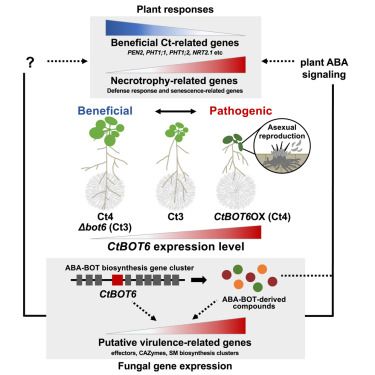
We found that the expression level of one single transcription factor converts beneficial root endophyte into pathogenic guy😈 (1/8) www.cell.com/current-biol...
Incredible to see their strategies highlighted in @nytimes.com by @alanburdick.bsky.social
The article is a visual journey of what we have been documenting in the lab over last few years with our imaging robot
www.nytimes.com/2025/03/01/s...
Incredible to see their strategies highlighted in @nytimes.com by @alanburdick.bsky.social
The article is a visual journey of what we have been documenting in the lab over last few years with our imaging robot
www.nytimes.com/2025/03/01/s...
The first author Zhe took all the initiative from design, writing, and negotiating with the journal, making a class assignment a paper!
link.springer.com/article/10.1...
Original paper
www.nature.com/articles/s41...
The first author Zhe took all the initiative from design, writing, and negotiating with the journal, making a class assignment a paper!
link.springer.com/article/10.1...
Original paper
www.nature.com/articles/s41...
www.nature.com/articles/s41...
www.nature.com/articles/s41...
The work, led by scientists from Vrije Universiteit, Princeton University, SPUN & AMOLF combines robotics, mycology & biophysics to reveal underground supply-chain dynamics.
Open access:
www.nature.com/articles/s41...
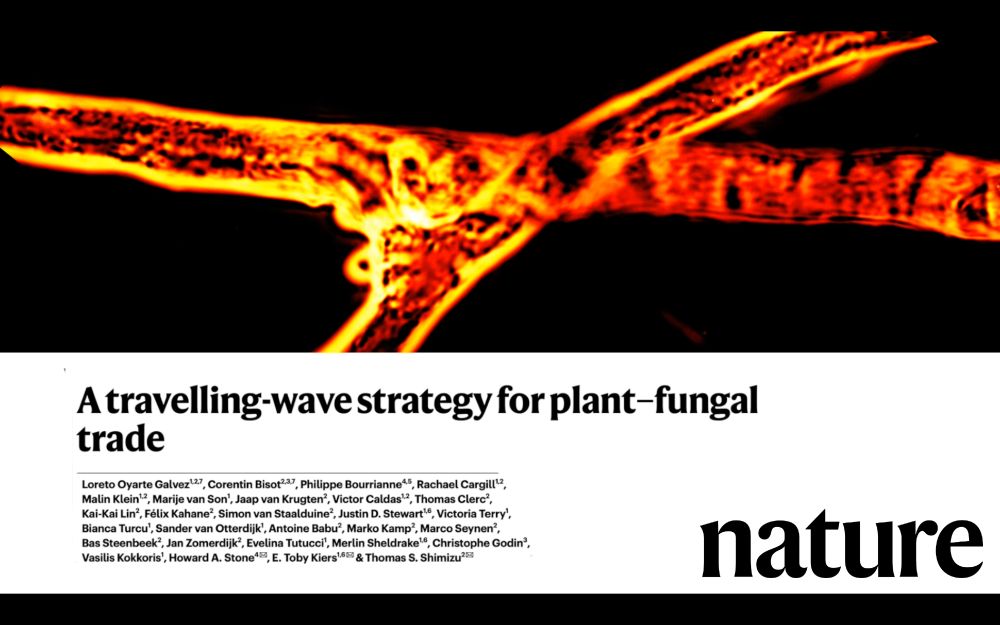
The work, led by scientists from Vrije Universiteit, Princeton University, SPUN & AMOLF combines robotics, mycology & biophysics to reveal underground supply-chain dynamics.
Open access:
www.nature.com/articles/s41...


